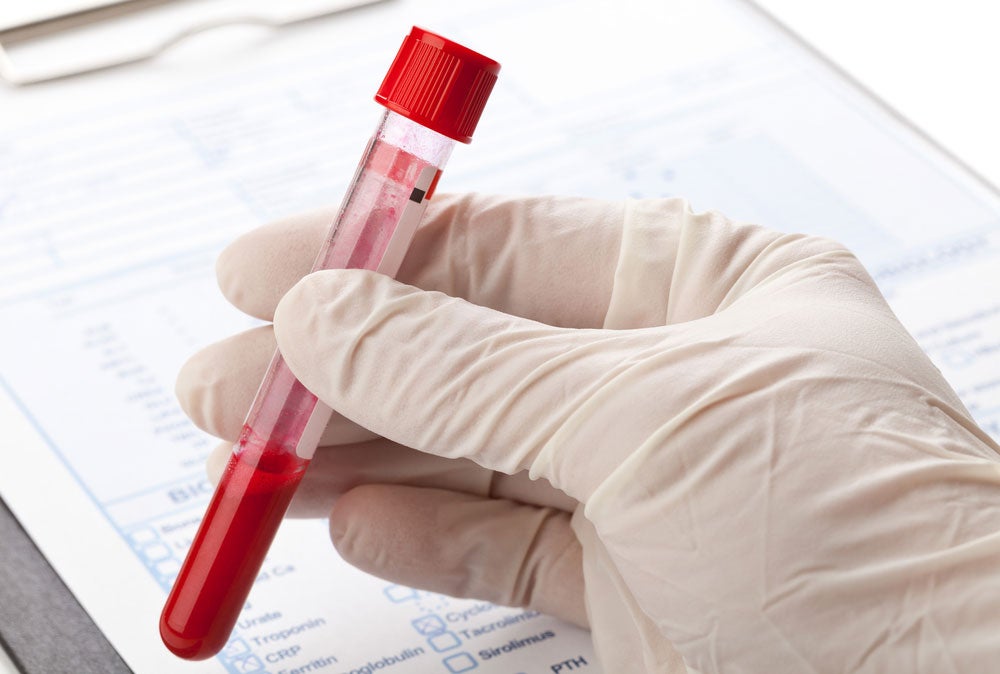Researchers Learn More About the Infrastructure of Endometriosis Which Puts Them Closer to Finding An Effective Treatment
Endometriosis – tissue usually found inside the uterus that grows outside – thrives because of altered cellular signaling that is mediated by estrogen, said researchers from Baylor College of Medicine in a report that appears in the journal Cell.
“This is an age-old problem that affects many women,” said Dr. Bert O’Malley, chair of molecular and cellular biology at Baylor and corresponding author of the report. “As we unravel its molecular underpinnings, we come closer to finding an effective treatment.”
Endometriosis usually occurs in women from age 30 through the 40s, with abnormal growth of uterine tissue on the ovaries, Fallopian tubes and other tissues associated with the outside of the uterus. The most common symptom is pain – during menstruation, in the lower back and pelvis, during and after sexual intercourse and in the intestines. Occasionally, it occurs in other places. As many as 8 million women in the United States suffer from endometriosis at any one time. It can cause infertility and chronic inflammation.
In earlier research reported in 2012, O’Malley and his colleagues found that an isoform of steroid receptor coactivator -1 helped drive the inflammatory process found in endometriosis. Now, he proposes a new estrogen receptor β protein network that promotes the growth of endometriosis.
Studies in human tissues found elevated levels of estrogen receptor β and studies in mice found a similar situation, the researchers said in their report. Compared to the normal endometrium found inside the uterus, endometrial tissues found growing outside had a gain of estrogen receptor β function, which stimulated the abnormal growth of the tissues. A compound that inhibited estrogen receptor β activity also inhibited growth of the abnormal endometrial tissue.
Ordinarily, such abnormal growth would be marked for apoptosis or programmed cell death. However, O’Malley and his colleagues showed that estrogen receptor β interacted with the cellular machinery that governs apoptosis, allowing the endometrial cells to escape immune surveillance and thus survive.
This gain of estrogen receptor β function increases ability of the endometrial tissues to invade tissue through special cellular signaling. This allows the establishment of lesions outside the uterus.
Others who took part in this work include Sang Jun Han, Sung Yun Jung, San-Pin Wu, Shannon M. Hawkins, Mi Jin Park, Jun Qin, John P. Lydon, Sophia Y. Tsia, Ming-Jer Tsai and Francesco DeMayo, all of Baylor and Satoru Kyo of Kanazawa University, School of Medical Science in Japan.
Article originally appeared on www.bcm.edu: Estrogen receptor β helps endometrial tissue escape the immune system and cause disease







